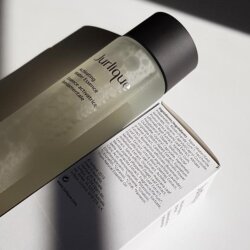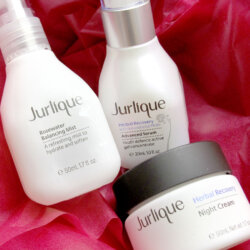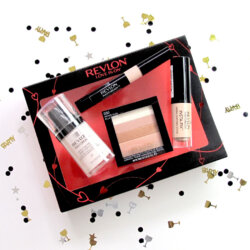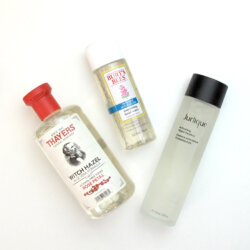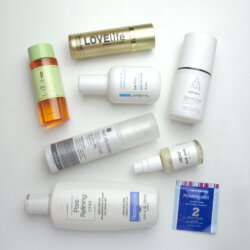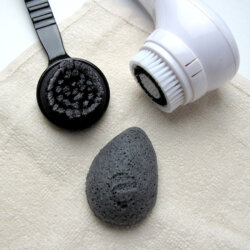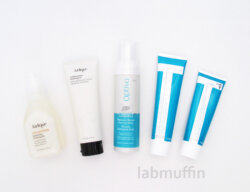How essences boost your skincare routine
This post is sponsored by Jurlique. I’ve talked about my favourite essence before in 2017: Jurlique Activating Water Essence. Here’s why it’s awesome, and why you probably also want an essence in your routine! What is an essence? Essences have been a staple in Korean skincare for years, but they’re still quite rare from Western brands. So when Jurlique launched …
